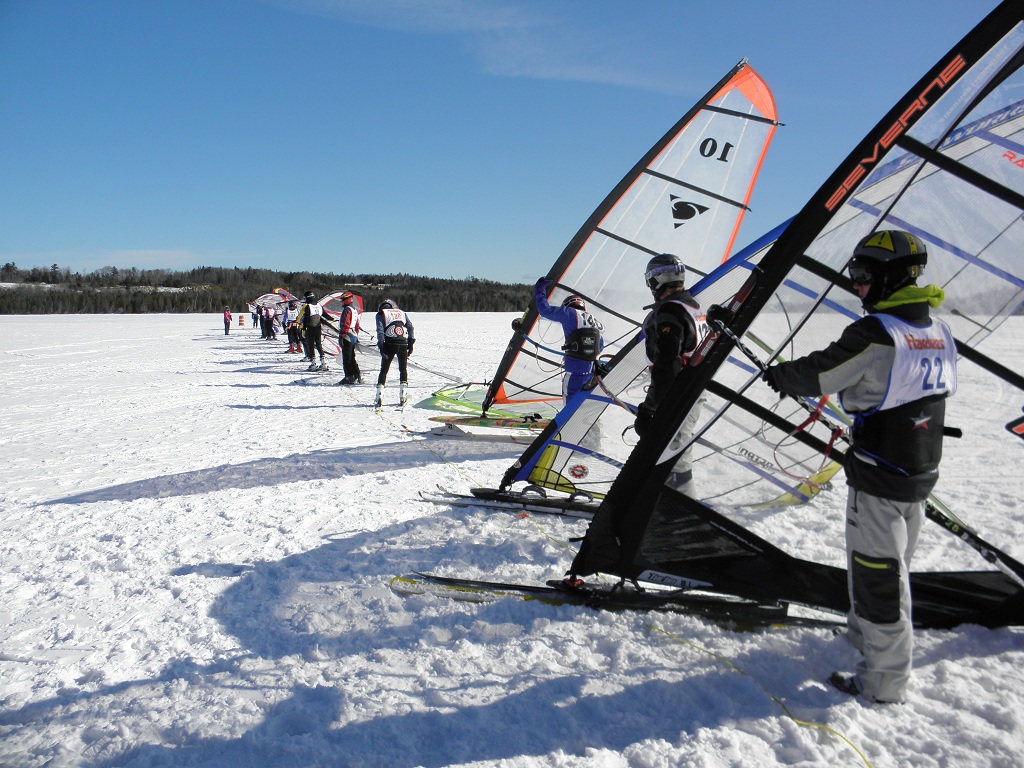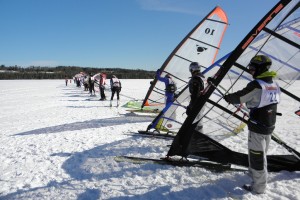ST. IGNACE, in Michigan’s Upper Peninsula, hosted this year’s World Ice and Snow Sailing Championship (WISSA).
Along with not even being aware of the existence of the U.P. prior to this trip, I didn’t realize there was such a thing as ice and snow sailing. I’d seen windsurfing and kiteboarding out on lakes and oceans, but never on ice. Apparently, I’ve been missing an activity that’s been around for decades; WISSA is the oldest international windsurfing competition, started in 1980 in Helsinki.


